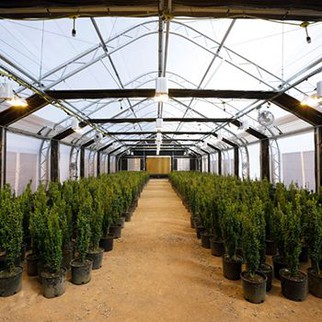When building a glass greenhouse, it is necessary to have good transparency. Transmittance is one of the basic indicators for evaluating the transparency performance of a greenhouse, and it refers to the percentage of light passing through the greenhouse compared to outdoor light. Below is a brief introduction to the issues that need to be noted for smoke control in glass greenhouses.
1. A glass greenhouse should choose an appropriate dosage based on the room area and greenhouse, and do not increase the dosage arbitrarily to avoid drug damage.
2. Smoke particles have thermally induced migration, meaning they can be repelled by hot objects and deposited on cold objects. Therefore, when the temperature of plant leaves is low in the evening or early morning, it is beneficial for the accumulation of smoke particles in the leaves. Convenient to use at night, avoid smoking when there is ample sunlight at noon.
3. Due to the fact that the indoor temperature of the greenhouse is higher than the outdoor temperature, resulting in cavities, smoke particles will flow out of the greenhouse with the airflow, affecting its effectiveness. Therefore, it is important to check whether the greenhouse is closed before smoking and whether doors and windows are closed after smoking.
4. Harmful gases such as carbon monoxide, sulfur dioxide, and nitric oxide. It is produced by aerosols. When it exceeds the tolerance limit of the plant, it will lead to ineffective efficacy. Therefore, after smoke control, the glass greenhouse cannot be closed for a long time. After 8 to 12 hours, ventilation should be carried out to remove harmful gases.
5. In order to control pests and diseases, chemical fumigation has the advantages of labor-saving and not increasing humidity.







